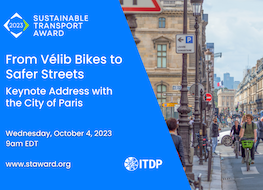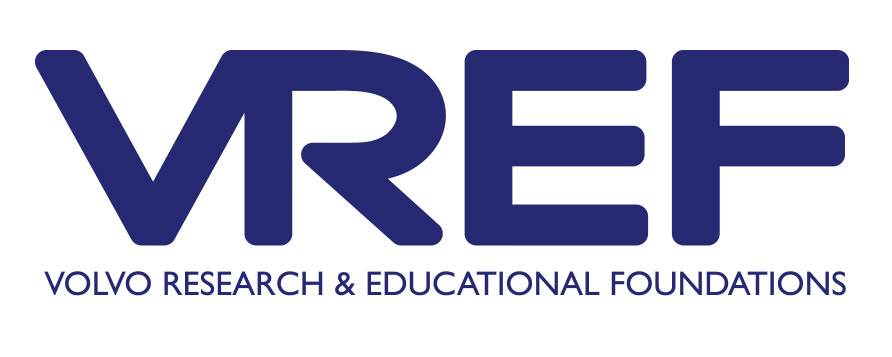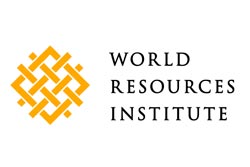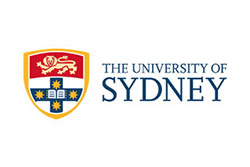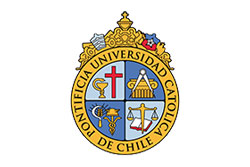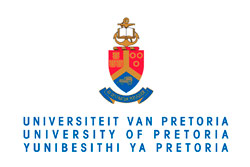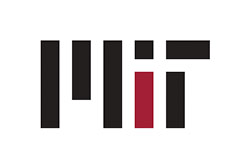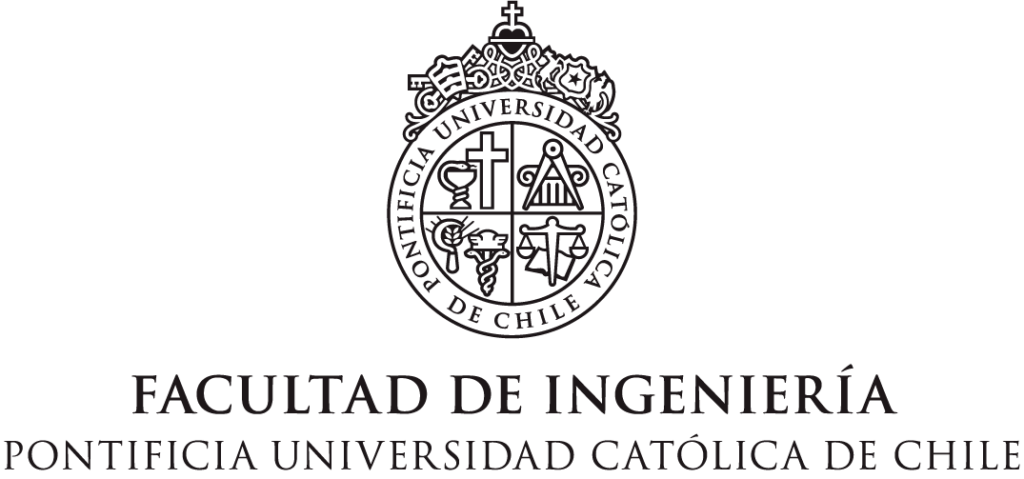Abstract
The selection of appropriate public transport investments that will maximise the likelihood of delivering the levels of service required to provide a serious alternative to the automobile is high on the agendas of many metropolitan governments. Mindful of budget constraints, it is crucial to ensure that such investments offer the greatest value for money. This chapter promotes the view that integrated multi-modal systems that provide frequency and connectivity in a network-based framework offer the best way forward. A mix of public transport investments with buses as feeder services and bus rapid transit (BRT) as trunk services can offer a greater coverage and frequency than traditional forms of rail, even at capacity levels often claimed the domain of rail. Design features are important in order to promote good performance, and evidence is presented as to the importance of the various design elements to driving patronage. Decision-makers need to recognize implementation issues can be complex if a successful outcome of a BRT system contributing to the public transport network is to be achieved.



